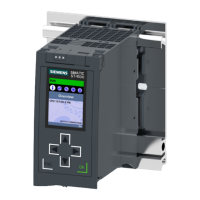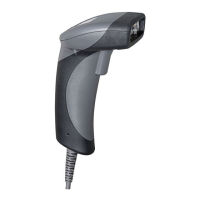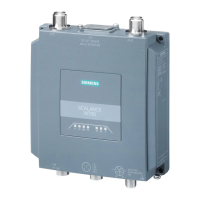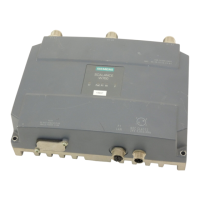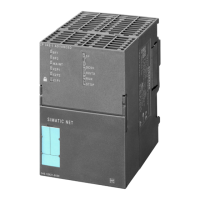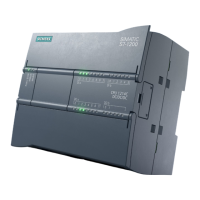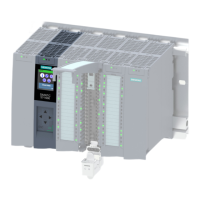Image processing
3.1 Code reading (1D/2D codes)
SIMATIC MV500
Operating Instructions, 06/2018, C79000-G8976-C494-01
35
● Resistant to similar-looking foreign objects in the area of the code.
● Resistant to interference patterns (grooves, granularity) in the area of the code
● Wide tolerance of contrast fluctuations.
● Wide range of imaging sizes from 5 to 35 pixels per cell.
● Light shadows or shiny areas in cells are tolerated. The polarity of the cells compared
with the background must not, however, become inverted within a code.
● The ratio of the distance to the closest neighbor and the diameter of any cell can be
between 2 and 0.8.
● Although code points must be printed according to a regular square grid pattern,
individual points can be displaced from their ideal position by up to 1/3 of the grid unit.
Even slight parallelogram-shaped distortions during printing are tolerated.
● With large-image but small-dimensioned codes, slight curves in the printed material
surface are tolerated. With larger dimension codes (for example, more than 14 x 14) or a
strongly inclined sensor axis, curves are not allowed.
● Large tolerance of background disturbances that cannot be described quantitatively
● Large tolerance of poor contrast conditions
● The optical reader reads codes with a maximum code dimension of 72 x 72 cells.
Quality of data matrix codes
The standard recognition process of the optical reader allows reliable and fast reading of
printed data matrix codes of good quality.
● In this mode, the read rates achieved are higher than those when reading complex codes.
● The range of image sizes is from 1.5 to 35 pixels per cell. The range is static.
● The cells do not overlap or only slightly, nor are the majority isolated.
● The distortions are minimal, for example due to installation of the optical reader at an
angle.
● There are no or only a few foreign objects in the area of the code.
● There are no interference patterns (grooves, granularity) in the area of the code.
● Fluctuations in contrast are slight.
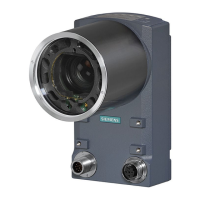
